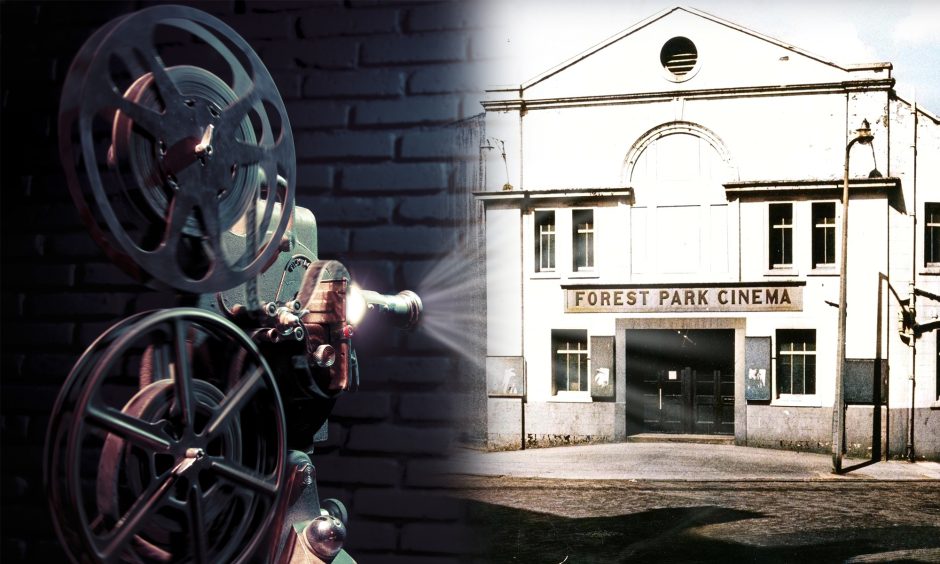
Movie memories were reduced to rubble when the Forest Park Cinema was wiped off the landscape in February 1984.
It was a sad sight for many Dundee West Enders who grew up with the silver screen.
Dundee builder Charles Gray built the cinema himself in Forest Park Road.
It was his first venture in the trade.
It was finished only a few months after the plans were passed.
Gray – who was known as Charlie – managed to overcome difficulties in the construction of the building on account of the slope of the ground.
He spared no expense to make the theatre comfortable.
It was thoroughly up to date in every aspect.
It was described as “Dundee’s largest and most up to date district cinema”.
There was seating capacity of 1,264 and space for another 10 standing customers.
Forest Park Cinema opened in 1928
This was the height of the golden age of cinema-going in Dundee.
Almost every neighbourhood had its own cinema.
Going to the movies was an event in itself.
Ex-Bailie John Reid thanked the large crowd present for turning out at the grand opening at 2.30pm on Hogmanay 1928.
He said it was a “finely equipped, well-ventilated and lighted place of entertainment”.
At the rear of the balcony was the operating box with two Kalee projectors.
The brick building was faced with reinforced concrete.
It showed continuous performances of films from 2.30pm to 10.30pm.
The movies being shown in the opening week were Tenderloin featuring Dolores Costello and Two Little Drummer Boys starring Wee Georgie Wood.
A comedy and a news item completed the programme.
How much would you have paid in 1928?
Admission was 4p for the 400 front seats and 6p for the 500 centre seats.
Rear seats were 9p.
A top-priced seat on the balcony cost a shilling.
Forest Park Cinema showed all the classics
It was a family affair at Dundee’s newest picture house.
Harry Dickens was appointed manager.
He had been connected with the industry in Dundee for 17 years.
His wife was the musical director.
Vera Dickens and her orchestra supplied the music.
She had previous experience at the Queen’s Theatre and Her Majesty’s Picture House.
The orchestra was under the leadership of Bruce Ducat.
He was formerly of the King’s Theatre.
The cinema showed up to three changes of programme each week.
It became known locally as the Forrie.
The evolution from silent to sound cinema was taking place.
Dundonians were transported to a world of Hollywood glamour and storytelling.
Stars of this era on the silver screen included Clark Gable, Maurice Chevalier, Katharine Hepburn, Buster Keaton, Spencer Tracy and Mae West.
Capacity houses were the order of the day.
People were urged to “ring 6223” and book a seat.
There was no booking fee at the Forrie.
Gray’s became a chain of Dundee cinemas
It was a booming business model.
Shand’s Picture House in Shepherd’s Loan was taken over by Mr Gray in October 1932 and renamed Gray’s Picture House.
He later purchased the Astoria and the Rialto in Lochee.
It made him one of the largest independent owners in Dundee.
The good times kept rolling.
In December 1932 there was a special request week at the Forrie.
Broadway Melody returned, which starred Melody Bessie and Charles King.
As well as films, the cinema was also where you’d go to watch the news, travelogues and cartoons before the coming of television.
The newsreel was an important part of the cinema programme.
At that time, it was common practice for the Forest Park Cinema and Gray’s Cinema to be given only one newsreel between them.
This meant the first cinema showed the news at the beginning of the programme.
The other scheduled the news later to allow time for the newsreel to be transported by the “newsboy” on foot.
The newsreel then had to be taken back to the first cinema for the second house and the whole operation was repeated.
It was exhausting work for a teenager.
The cinema provided a means of escapism from the drab tenements.
Highlights of the heavyweight fight between Joe Louis and Max Baer from Yankee Stadium in New York were shown at the Forrie in September 1935.
Forest Park Cinema was damaged in 1940
The Forrie adhered to the Home Office directive which ordered all cinemas to be closed in September 1939 when Britain declared war on Germany.
But they were back in business within a week.
Mr Gray was head air raid warden in Dundee when he suffered a heart attack on duty in July 1940 and died at his home in Downfield at the age of 64.
The harsh realities of war were brought home on Bonfire Night.
A bomb dropped by a Luftwaffe plane hit the nearby electricity sub-station.
The Forrie was plunged into darkness.
The cinema, although damaged, withstood the blast and no one inside was hurt.
The Ghost Comes Home was being shown at the time.
It was, ironically, the American adaption of a 1935 German movie.
Some weren’t so lucky.
One German bomb demolished the four-storey tenement at 19 Rosefield Street and Mary Ann Laing and Robert Coventry were killed instantly.
October 1943 brought further tragedy at the Forrie.
Mrs Jane Beat collapsed and died in the cinema at the age of 55.
She had gone with her husband to watch American romantic comedy No Time for Love.
A panoramic screen was installed in 1953
“Big” Davy Findlay was the doorman at the Forrie in those days.
One night he saw flames coming from a warehouse.
The firefighters were dealing with another blaze so he ran from door to door chapping up the sleeping tenants of nearby tenements.
They all got buckets or saucepans of water.
Big Davy, still wearing his uniform and being six foot seven, took charge.
The fire was duly extinguished.
In September 1947 the Forrie showed Hatter’s Castle starring Robert Newton, which featured the only on-screen representation of the 1879 Tay Bridge Disaster.
The Forrie was upgraded by Gray’s Cinemas in 1949.
The 1950s saw the advent of the Ealing comedies where the cast included Alec Guinness, Michael Redgrave, Margaret Rutherford and Alistair Sim.
All About Eve, Annie Get Your Gun, The African Queen, On the Waterfront, Sunset Boulevard and Vertigo were some of the biggest movies of this era.
At this time, many teenagers in Dundee were reading movie magazines such as Picturegoer and trying to emulate the glamour of the male and female stars.
Things got better at the Forrie.
It installed the first “giant panoramic screen” in Dundee in October 1953.
The Courier said it was “slightly curved” and “almost double the size of the old one” with an extra-strong lens installed to “ensure perfect sharpness”.
The first movie shown on the bigger screen was Hurricane Smith.
The Forest Park Cinema was demolished
The 1960s was a pivotal decade.
The popularity of film-going waned and unfortunately the cinema closed in June 1967.
TV killed if off.
It became a carpet salesroom and then an athletic organisation’s clubrooms.
Many of the original cinema features survived the transition.
Cleghorn Housing Association began talks with the Gray family in 1983 to purchase the site and the former cinema was demolished in February 1984.
A housing development of 24 flats rose from the rubble and opened in January 1986.
Inside those flats, no doubt, glows the light of several TV screens, taking residents to a world of pure imagination in the same way the Forest Park Cinema once did.
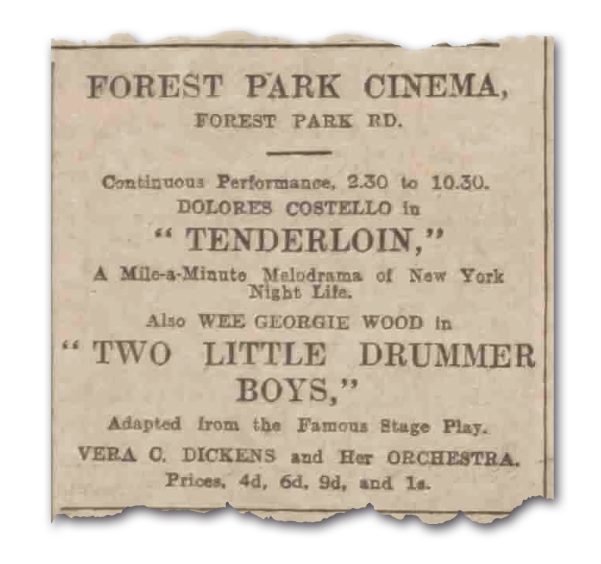
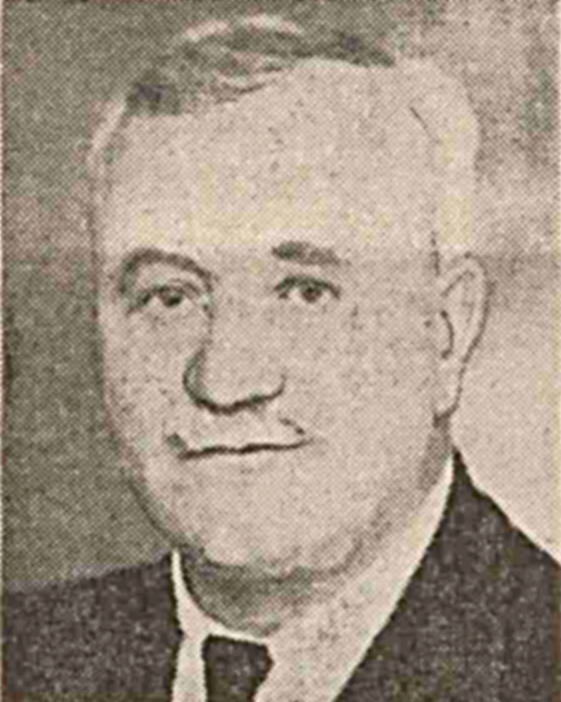
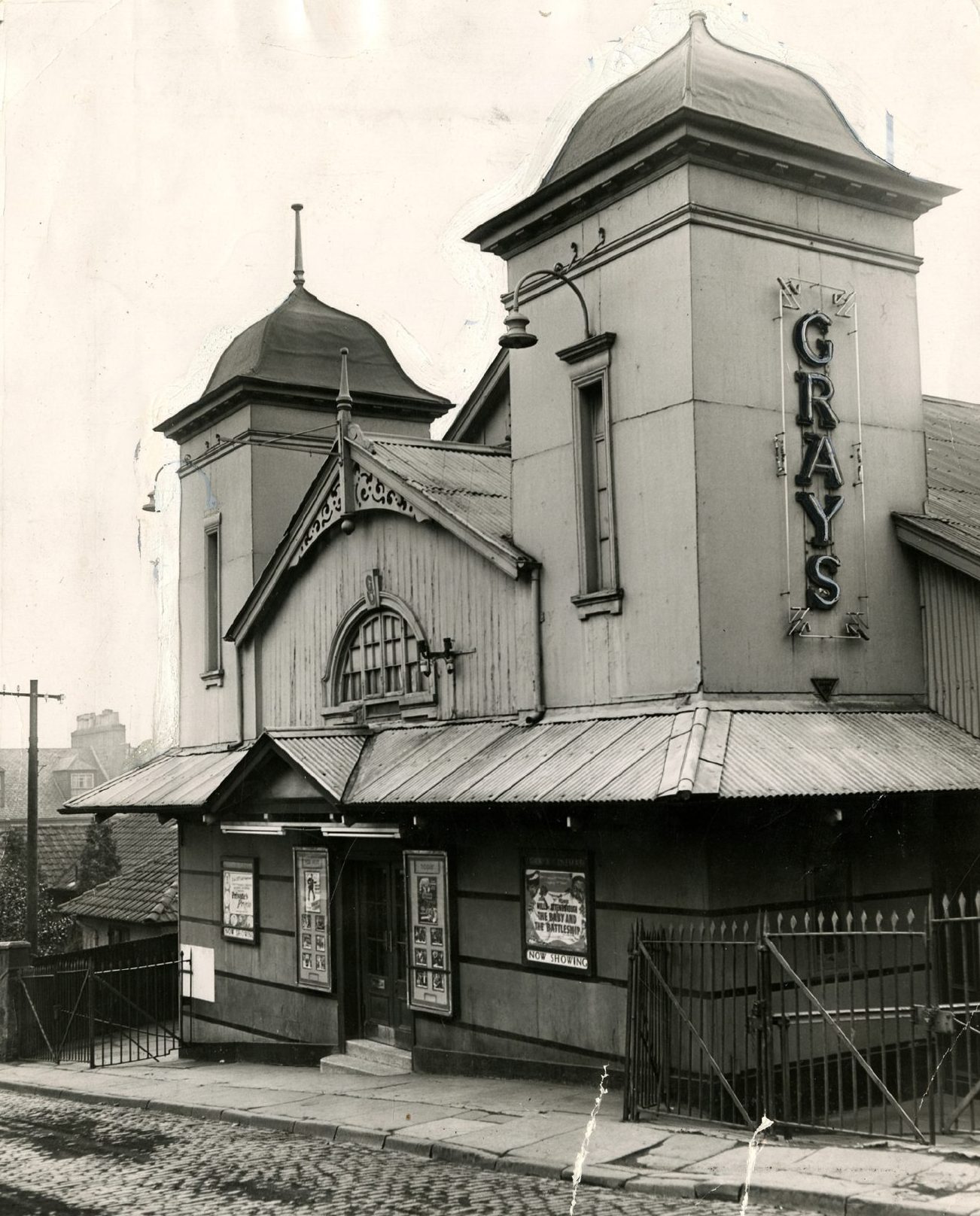
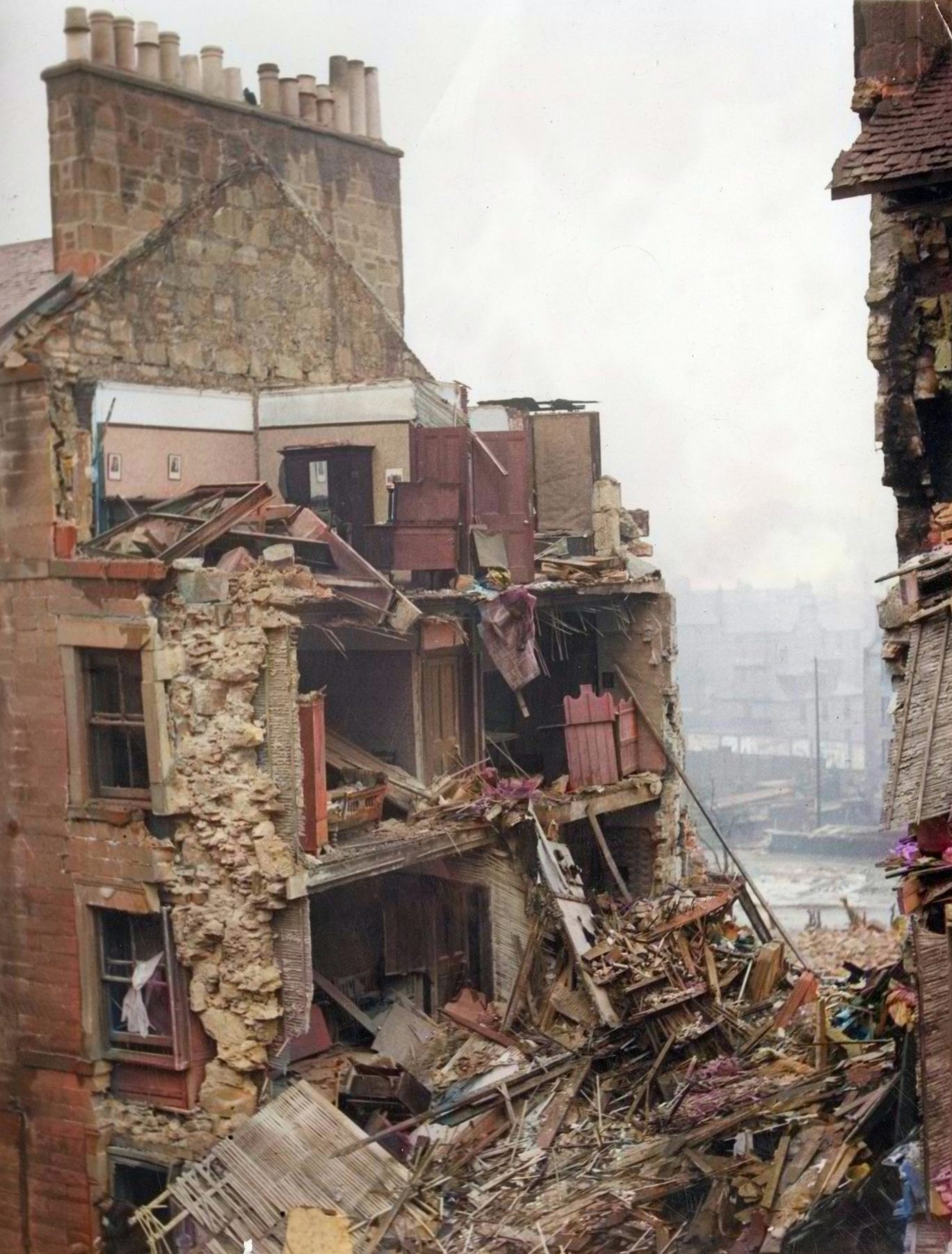
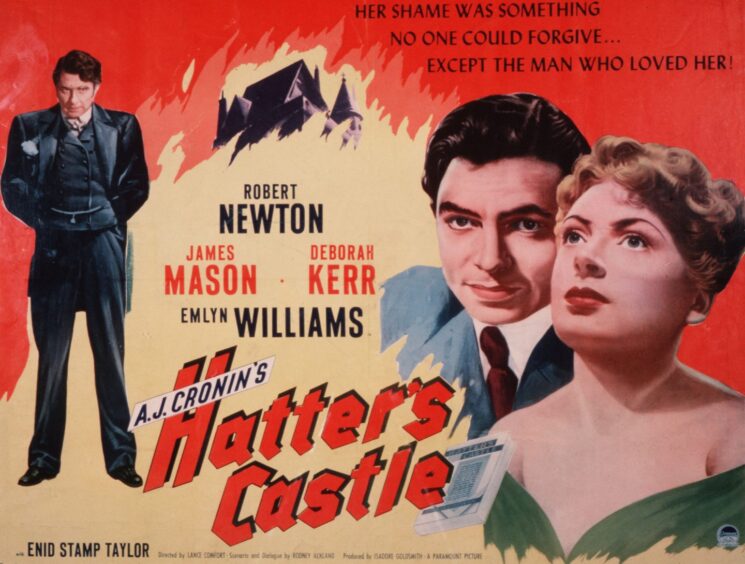
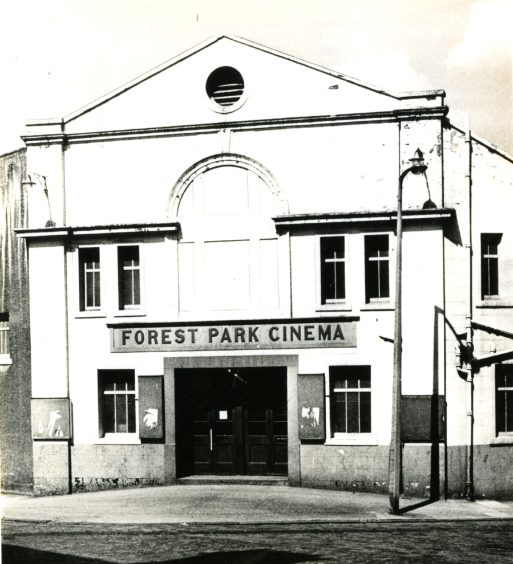
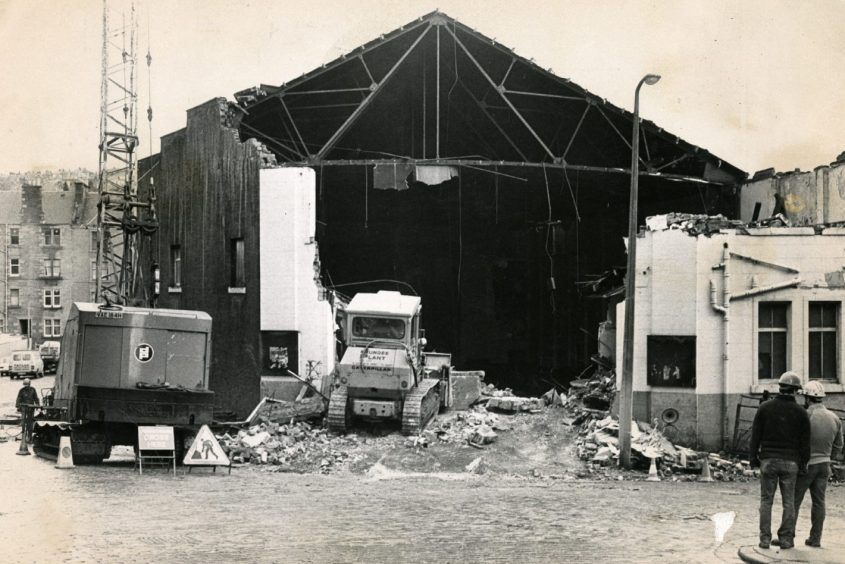
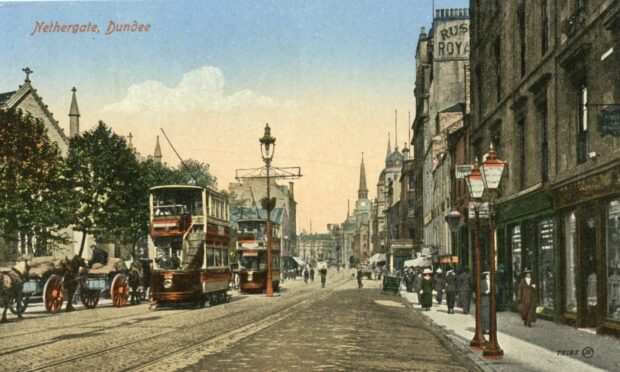
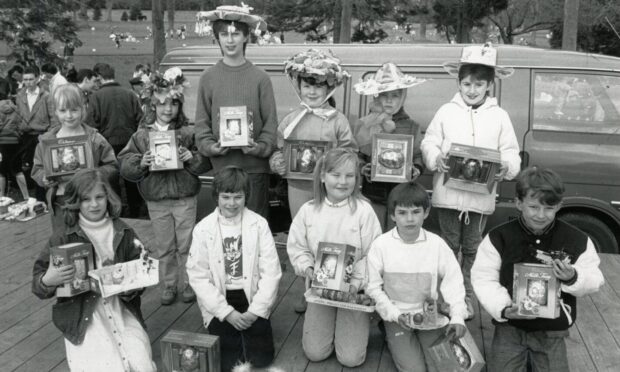
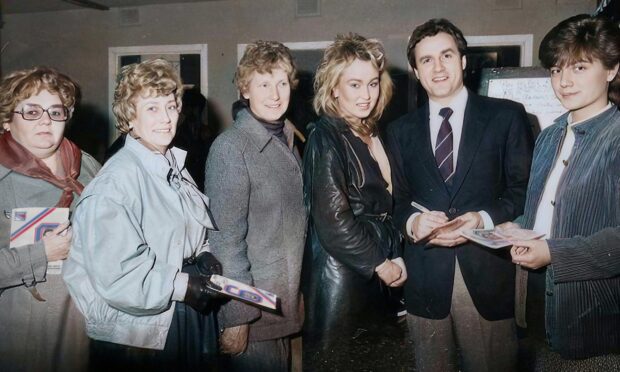
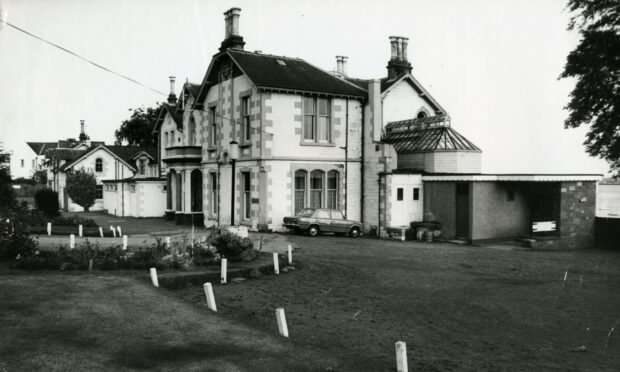
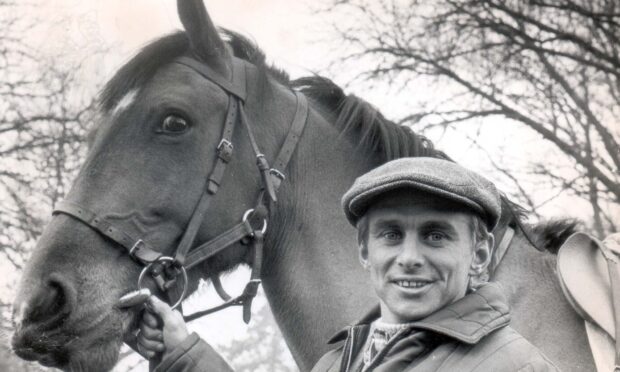
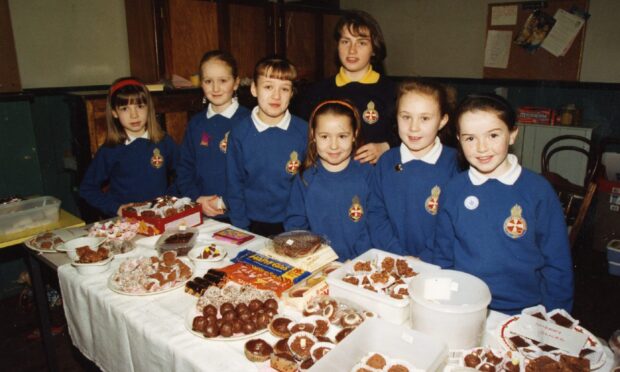
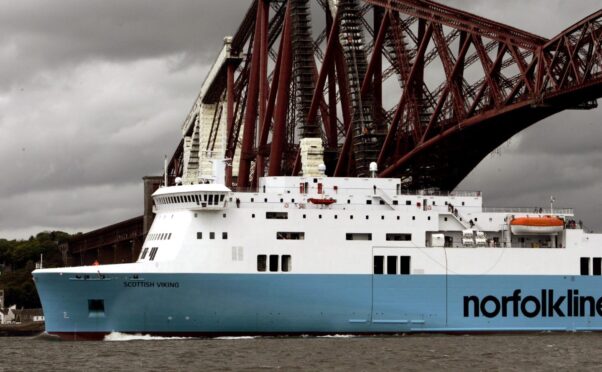
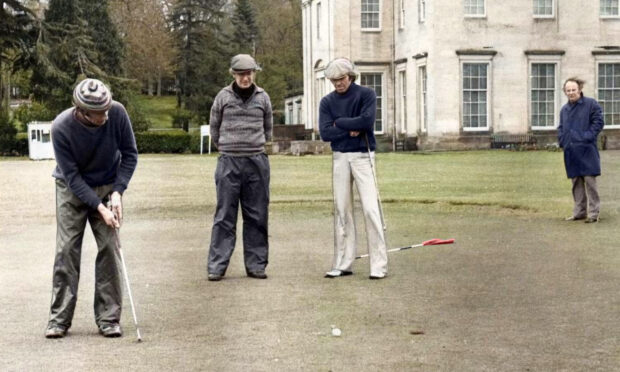
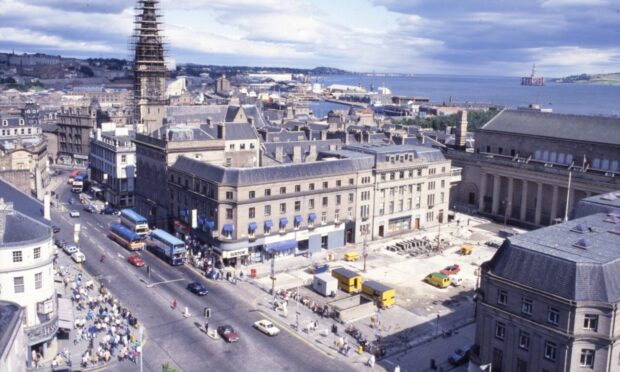
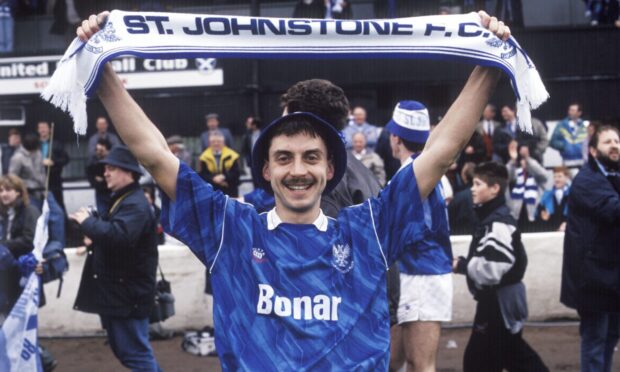
Conversation